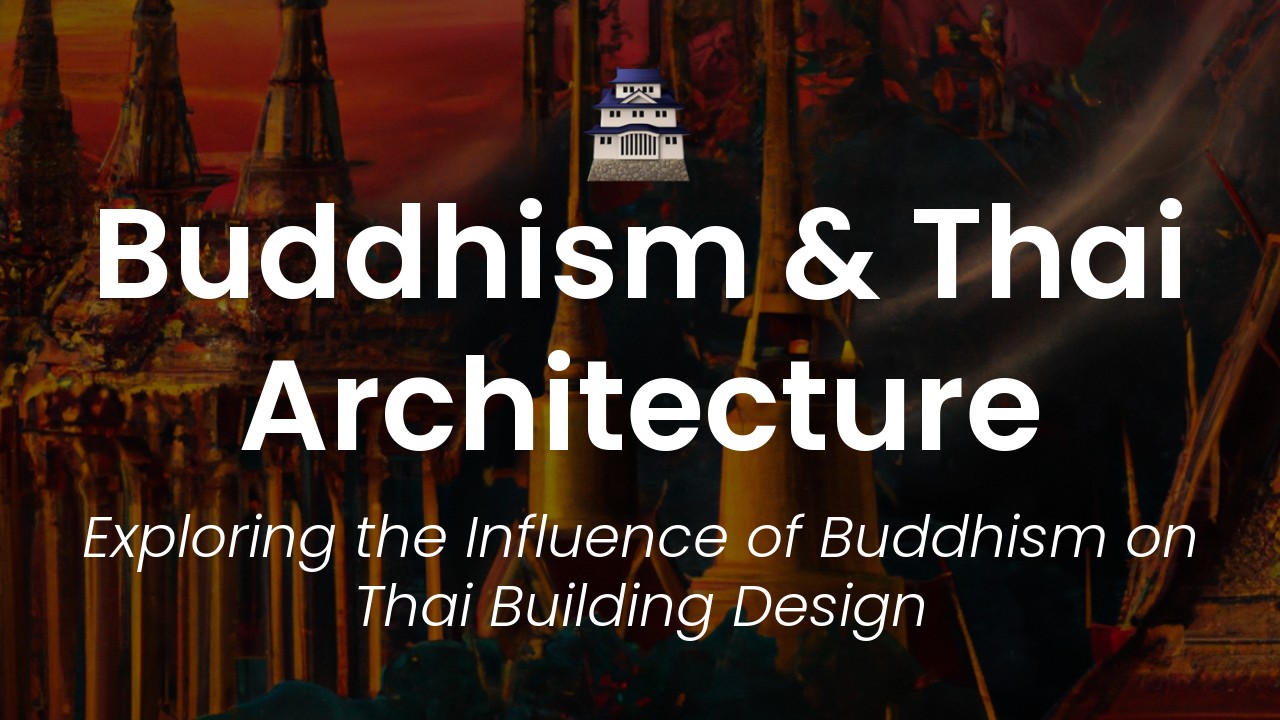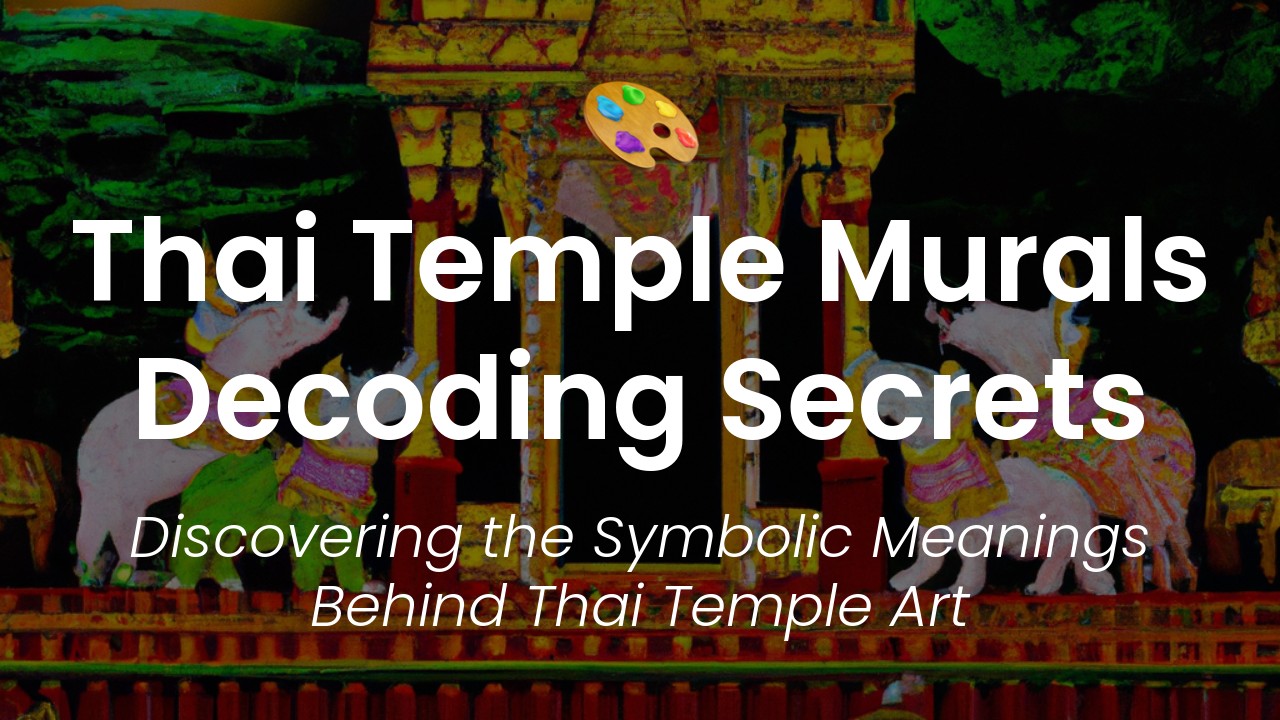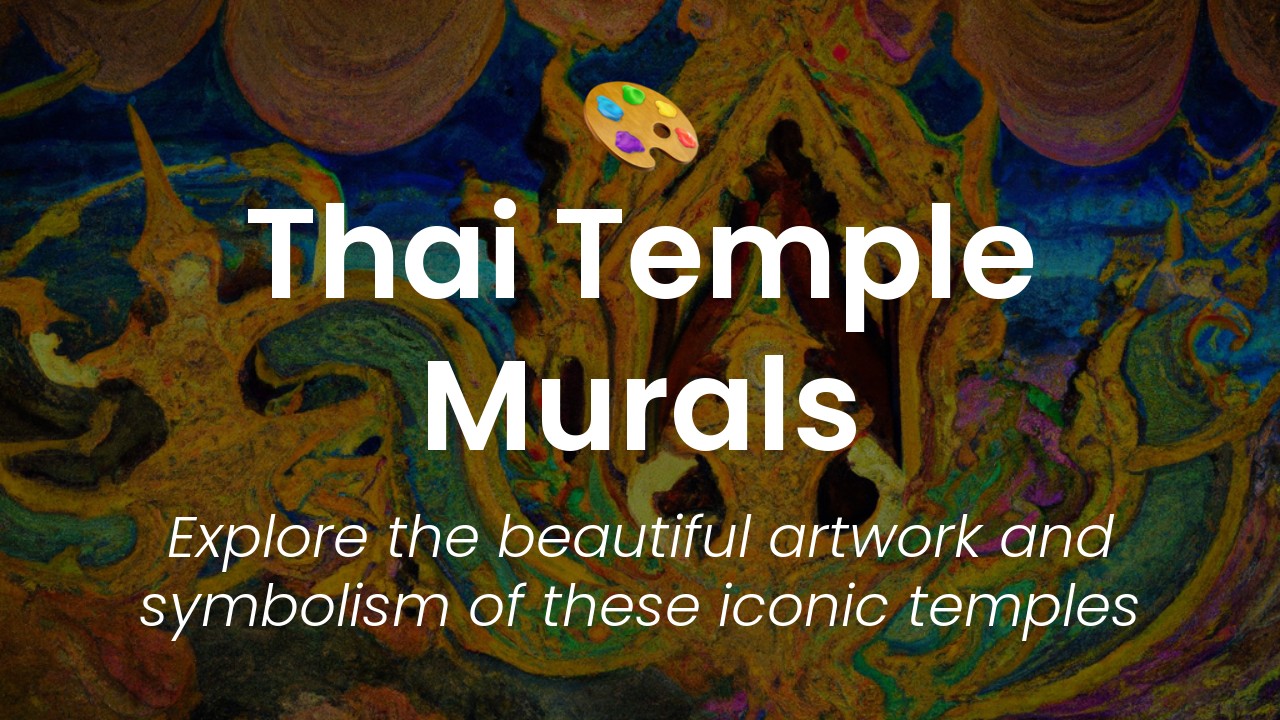Hello, fellow wanderers! I wanted to share with you today the deep and meaningful relationship between Buddhism and Thai architecture. As someone born and raised in Thailand, my fascination with architecture has always been intertwined with our cultural and spiritual identity. From exquisite temples to grand palaces, the influence of Buddhism is ever-present in the design and construction of these iconic structures.
Buddhism is a religion that has been deeply embedded in Thai culture for centuries, influencing various aspects of our art, literature, and architecture. As a result, our built environment is a reflection of our devotion to the religion and the philosophy it espouses. So much so, that even non-religious structures such as homes and community buildings bear the hallmark of Buddhist architecture.
Thai architecture is characterized by its ornately decorated roofs and spires, sprawling courtyards, and a general sense of grandeur. However, what truly sets it apart is the philosophical underpinnings that inform its design. Take, for instance, the iconic temple, Wat Arun. Its central spire is said to represent Mount Meru, the center of the universe in Buddhist cosmology. The surrounding lesser spires depict minor mountain ranges, while the four smaller corner spires represent the four winds. The intricate detailing of the exterior, boasting exquisite glass and porcelain pieces, is meant to symbolize enlightenment and the blinding radiance that comes with it. How fascinating is that?
I cannot wait to share more examples of how Buddhism has influenced Thai architecture over the years. So, join me as we delve deeper into the spiritual and cultural forces that have shaped some of the most stunning buildings in the world!
Buddhism and its Influence on Thai Architecture
Thailand is a country deeply rooted in Buddhism, and this can be seen in its architecture. Thai architecture is a reflection of the country's culture, and Buddhism is one of its most defining features. From the temples to the palaces and everything in between, Buddhist influences can be found throughout Thailand's architectural landscape.
Thailand has a rich history with Buddhism, which began when Indian merchants first brought the religion to the country in the 3rd century BCE. From there, Buddhism spread across Thailand, and it has been an integral part of the country's culture ever since.
The Use of Pagodas and Stupas in Thai Temples
One of the most iconic architectural features of Thai temples is the pagoda, which is also known as a chedi. Pagodas were first introduced to Thailand during the Sukhothai period (1238-1351) and have been a staple of Thai architecture ever since.
Pagodas come in a variety of shapes and sizes, but the most common style in Thailand is bell-shaped with multiple tiers. The shape of the pagoda is said to symbolize the Buddhist concept of reaching enlightenment through meditation. The multiple tiers represent the different stages a person must go through to reach enlightenment, with the bottom tier representing the physical world and the top tier representing the spiritual world.
Another common architectural feature of Thai temples is the stupa, which is also known as a chedi. Stupas are similar to pagodas, but they are usually simpler in design and do not have multiple tiers. Stupas are typically used to hold relics of the Buddha or other important Buddhist figures.
The Incorporation of Nature in Thai Architectural Design
Thailand is known for its lush tropical landscape, and this is reflected in its architecture. Thai buildings often incorporate elements of nature, such as plants and water features, into their design. This is due in part to the Buddhist belief that nature is a manifestation of the divine.
Water features, such as fountains and pools, can often be found in Thai architecture. These features are not only aesthetically pleasing but also have practical purposes. Water is seen as a symbol of purity in Buddhism, and it is often used in purification rituals. Additionally, water features help to cool down buildings in the hot Thai climate.
Plants are also a common feature in Thai architecture. They are used to create a peaceful and calming atmosphere, which is in line with Buddhist beliefs. Thai gardens are often designed to be a quiet and contemplative space, where people can reflect and meditate.
The Importance of Symmetry and Balance in Thai Architecture
Thai architecture is known for its symmetry and balance. This is due in part to the influence of Buddhism, which emphasizes the importance of achieving balance and harmony in all aspects of life.
Thai buildings are typically designed with a central axis that divides the structure into two equal parts. This creates a sense of balance and harmony, which is pleasing to the eye and in line with Buddhist teachings.
Additionally, Thai architecture often uses repeating patterns and designs to create a sense of harmony. These patterns can be found in everything from the flooring to the roof tiles.
The Use of Golden Decorations in Thai Temples
Gold is a common feature in Thai temples, and it is used to decorate everything from the walls to the roofs. This is due in part to the Buddhist belief that gold represents enlightenment.
Additionally, gold is seen as a way to honor the Buddha and other important Buddhist figures. Thai temples often have gold statues of the Buddha, and visitors are encouraged to leave gold leaf offerings as a sign of respect.
Thai Temple Architecture and its Role in Thai Society
Thai temples are not just places of worship; they are also important cultural and social centers. They serve as a place for community gatherings, festivals, and other events. Thai temples also provide a sense of stability and continuity in Thai society, as they have been an important part of the culture for centuries.
Many Thai temples also serve as schools, where children can learn about Buddhist teachings, as well as traditional Thai culture and language. This helps to preserve Thai traditions and ensure that future generations are educated about their culture.
The Fusion of Thai and Buddhist Architectural Elements in Modern Buildings
Buddhism continues to have a significant influence on Thai architecture, even in modern buildings. Many new buildings incorporate traditional Thai architectural elements, such as pagodas and decorative patterns, into their design.
Additionally, Buddhist motifs and symbols are often used in the design of modern buildings. This is done not only as a nod to tradition but also as a way to create a connection between the past and the present.
In conclusion, Buddhism has had a profound influence on Thai architecture, both historically and in the present day. From pagodas and stupas to water features and golden decorations, Buddhist influences can be seen throughout Thailand's architectural landscape. Thai architecture is a reflection of the country's culture, and through its design, it pays tribute to the country's rich Buddhist heritage.





